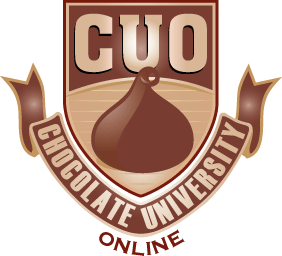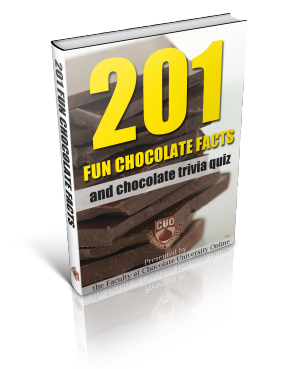Troubles With Banning Chocolate Milk
Recently, a pilot study done by scientists at Cornell University’s Food and Brand Lab has shown that offering skim milk in lieu of chocolate milk during school lunch diminished the milk sales by 10% and amplified milk waste by 29%. 11 Oregon elementary schools participated in an effort to eliminate unnecessary sugar intake.
The school district’s PTA members were against chocolate milk, believing it’s equally bad as soda. Such a policy may get rid of the added sugar in chocolate milk, but it’s also in some sort asking for trouble, nutritional- and economic-wise. Little kids, more often than not, don’t choose foods for health, but instead for taste.
It has been said that these kids might even stop eating school meals altogether because of this. As a parent, you don’t want that. The students may have had less sugar and fewer calories following the switch, but they also ingested less protein and calcium.
The better option that came about was, instead of eliminating chocolate milk altogether, perhaps to make white milk seem more convenient and much more normal to choose. Simple solutions include putting the white milk in front of the cooler and see to it that at least a third to a half of all the milk is white.
Based on the National Dairy Council, flavored milk adds around 3% of added sugars to children’s diets. Compare that to sodas and fruit drinks, which make up about half of the added sugar and deliver “much less, if any nutritional value.”
When it comes down to it, the decision to ban flavored milk must be treaded lightly.
“Given that the role of the federal school meal program is to provide nutritious meals to students who may otherwise have no access to healthy foods, I wouldn’t recommend banning flavored milk unless you have a comprehensive plan in place to compensate for the lost nutrients when kids stop drinking milk altogether.”
Categories: chocolate articles Tags: Chocolate Milk, chocolate milk ban




